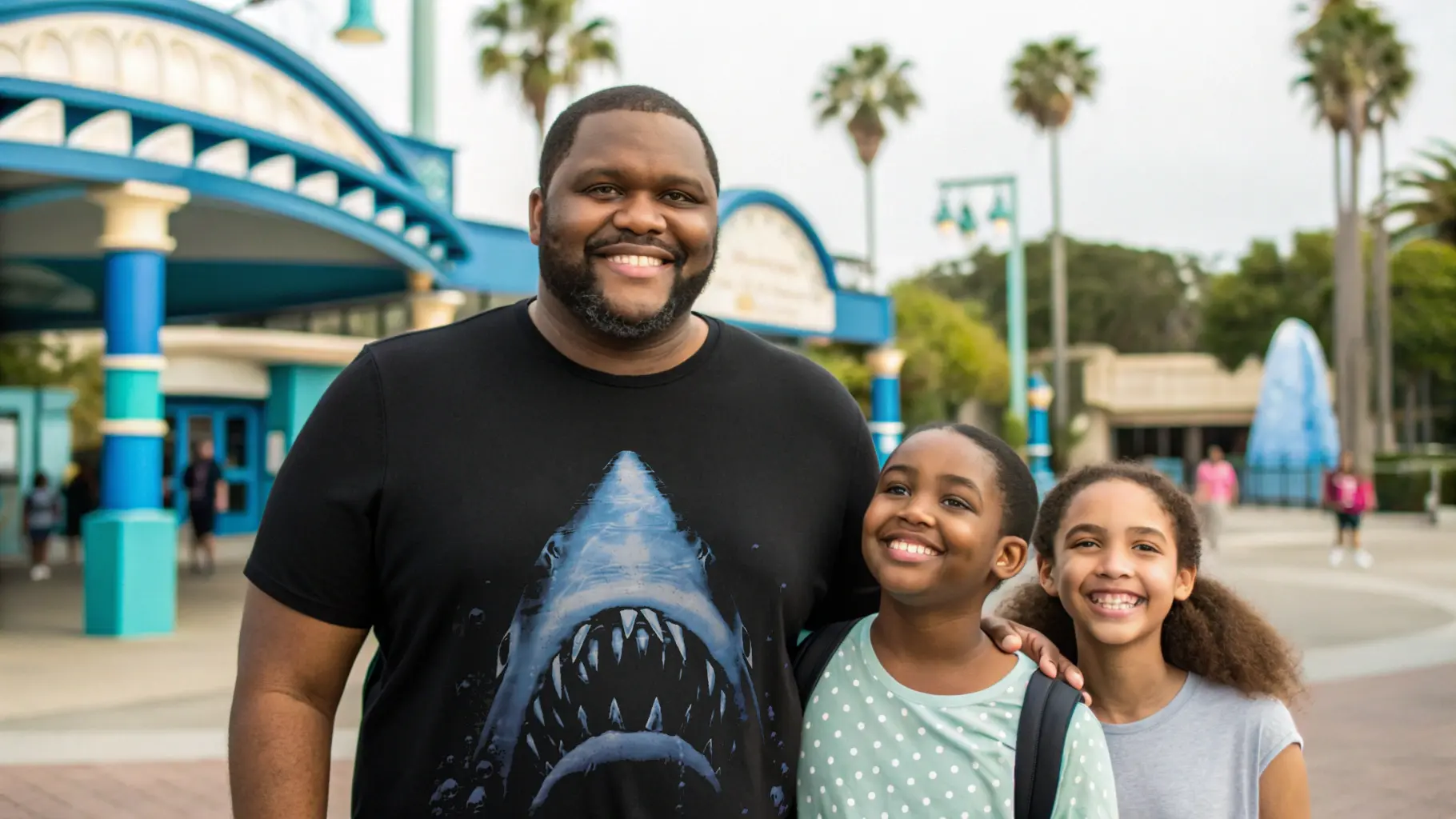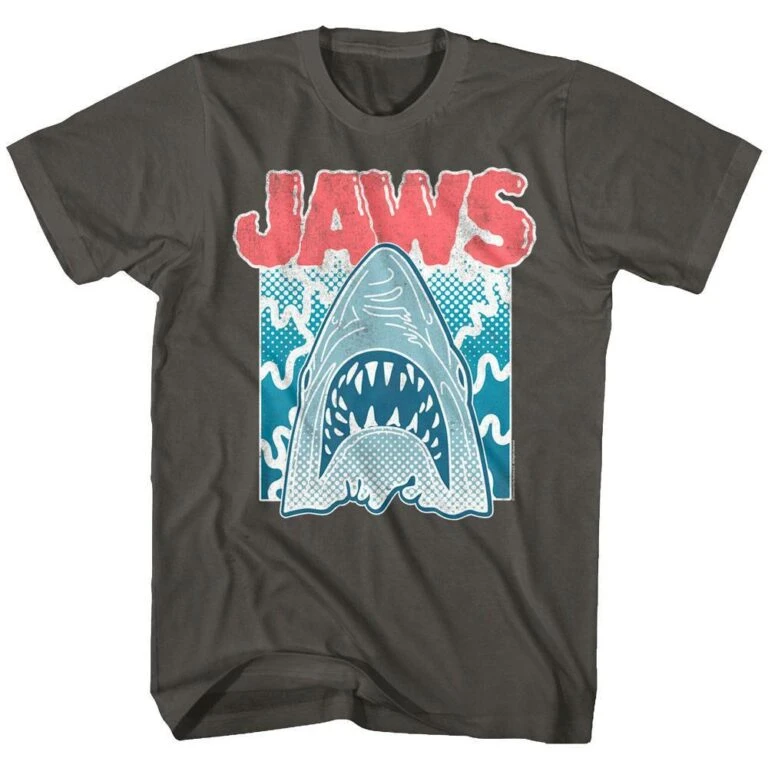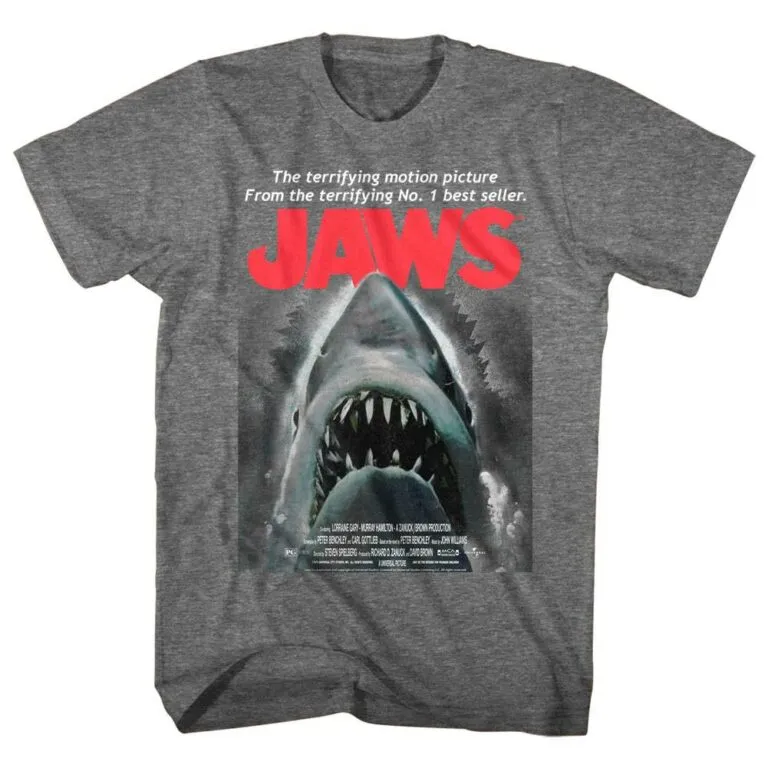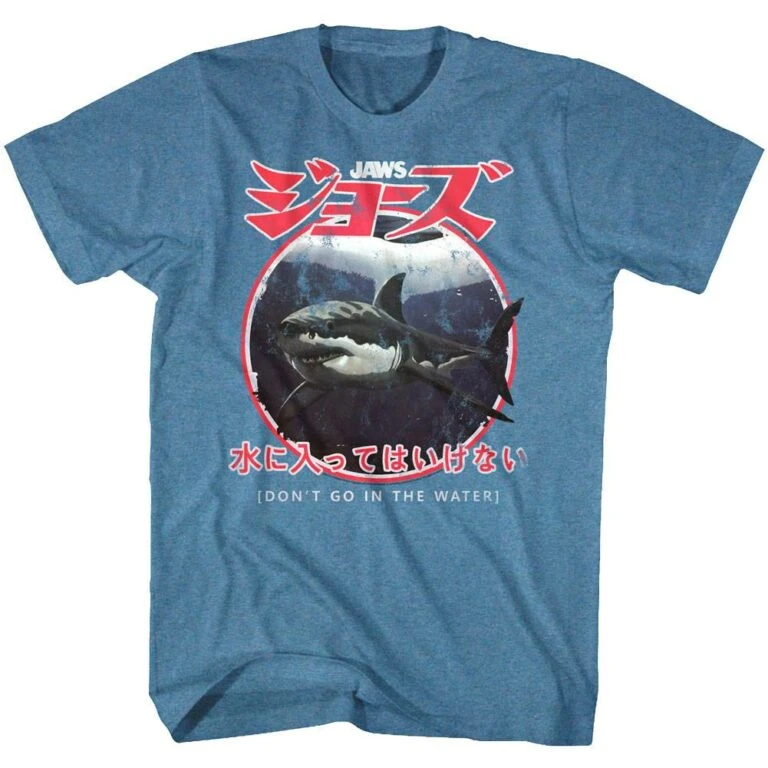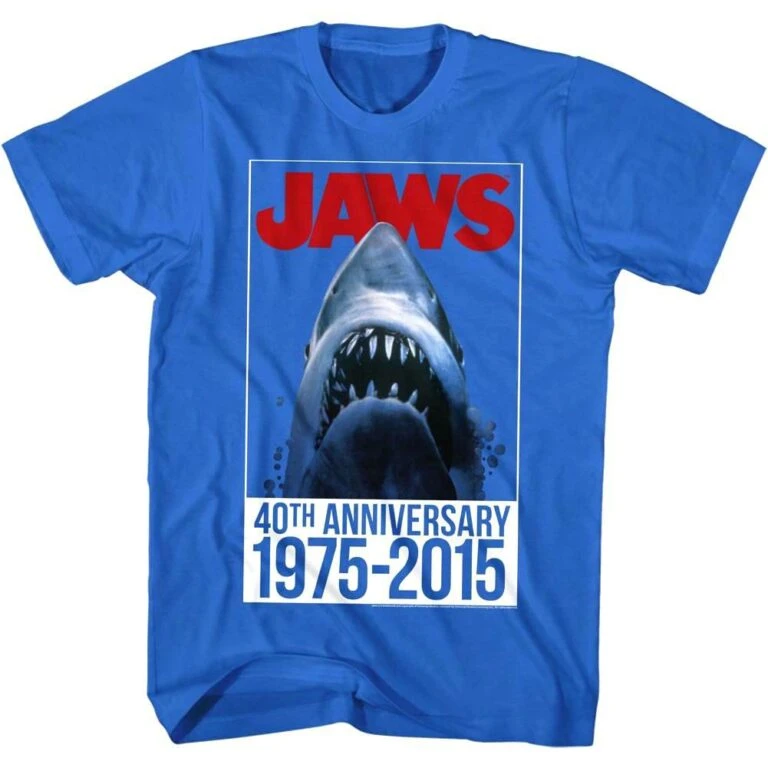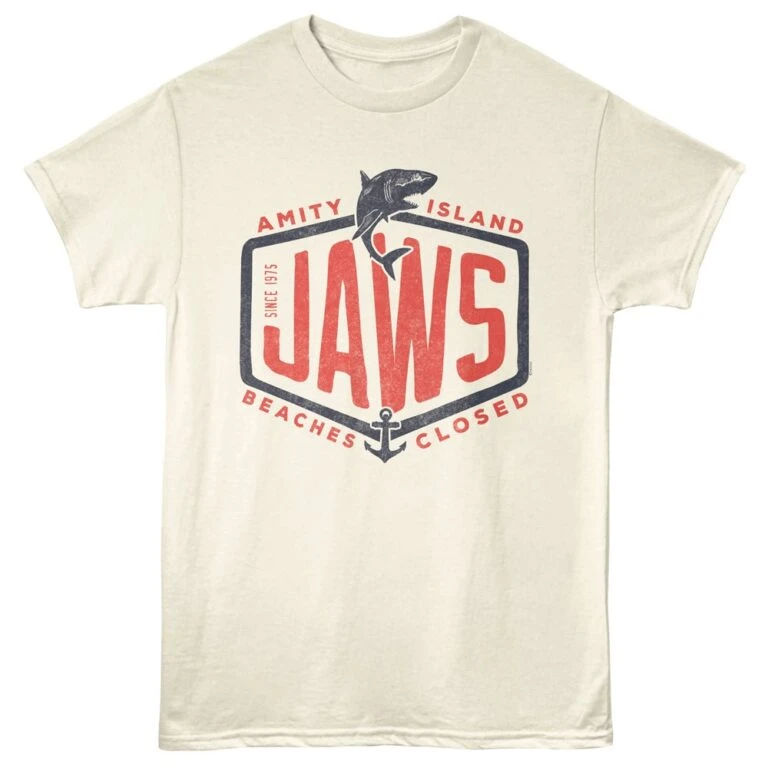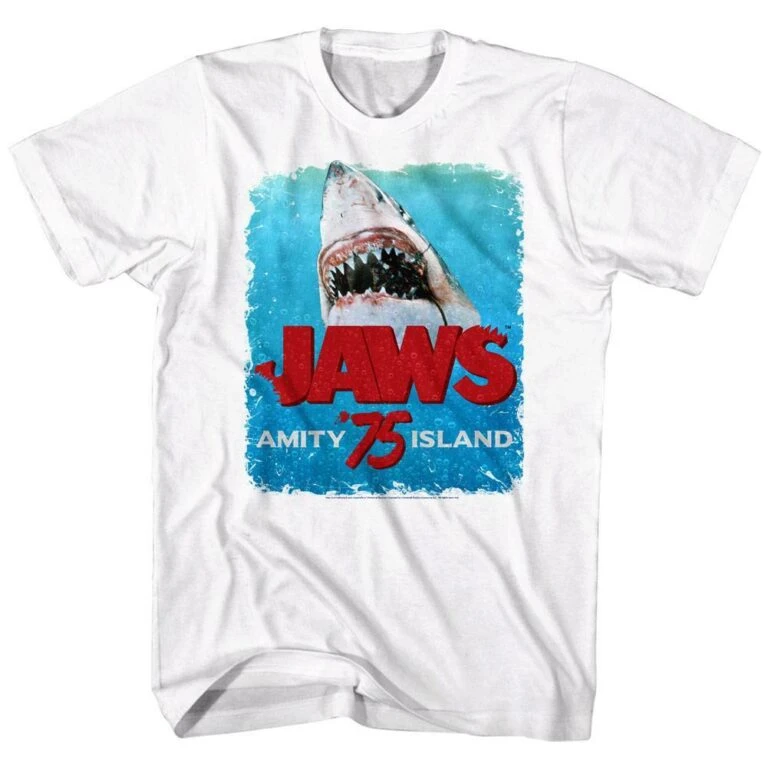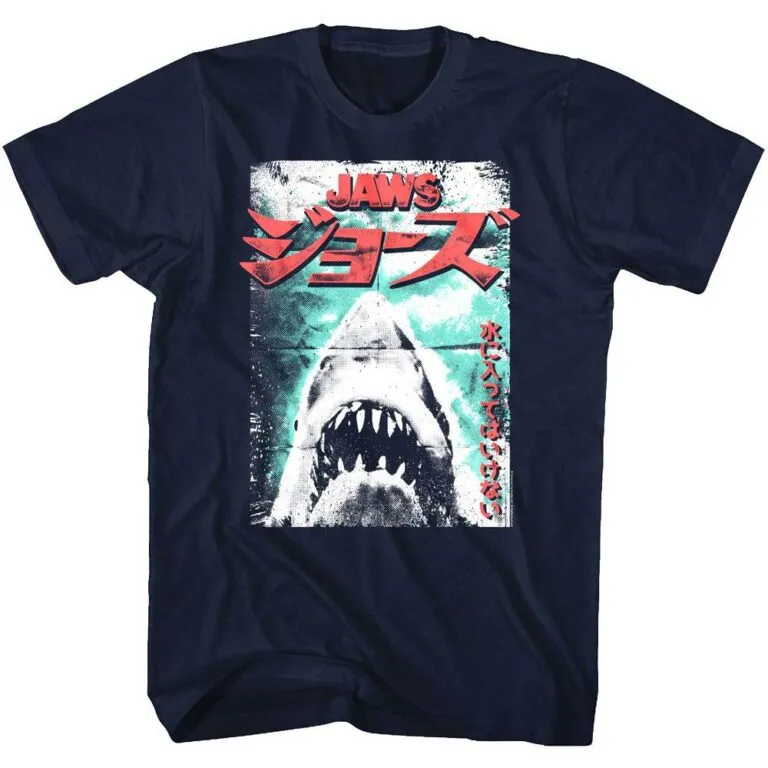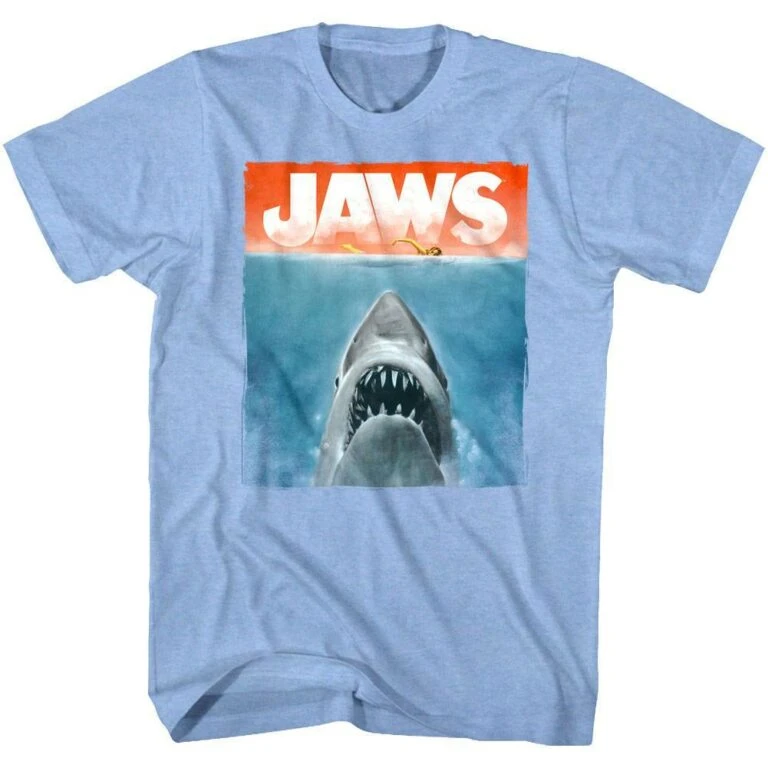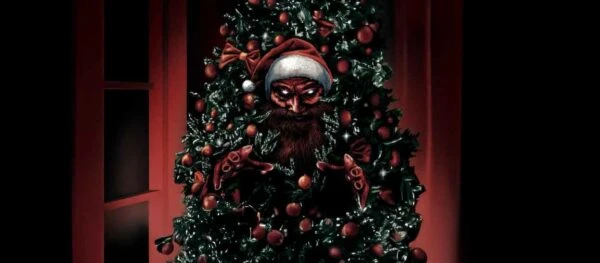
Gifts for the Godfather Fan Who Thinks He’s the Don of the Family
If you know a Godfather fan like me, you already know we take these movies way too seriously — and proudly so. We’re still out here quoting the Don at random, lowering our voices for dramatic effect, and acting like Christmas gift-giving is an extension of the family business. If you want a present that actually lands, you’ve gotta choose something worthy of the Corleones.


